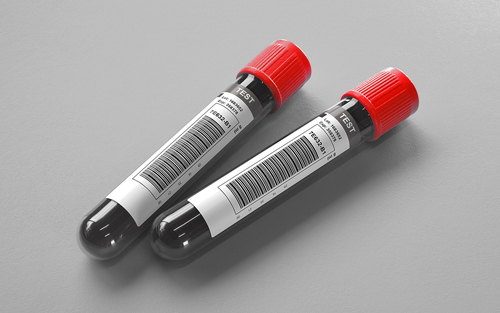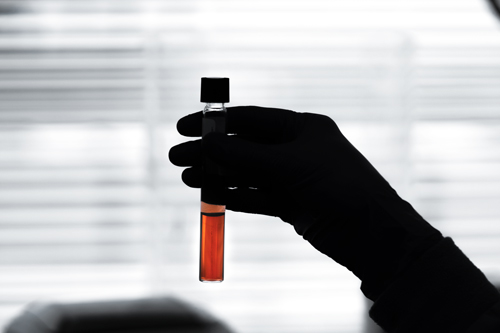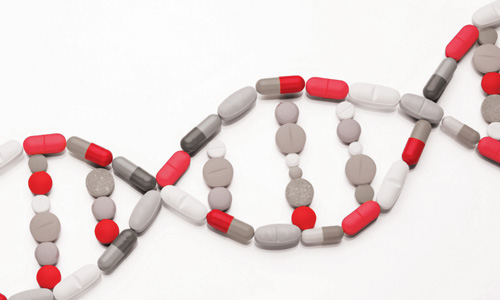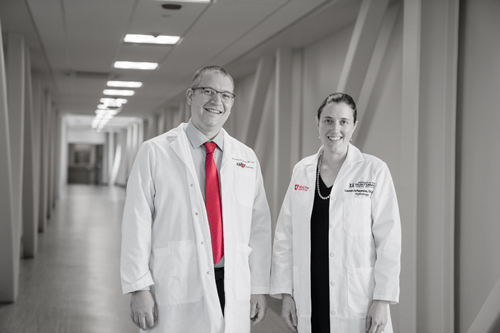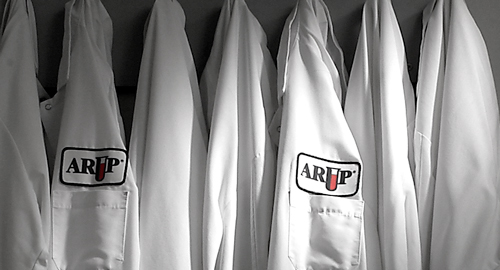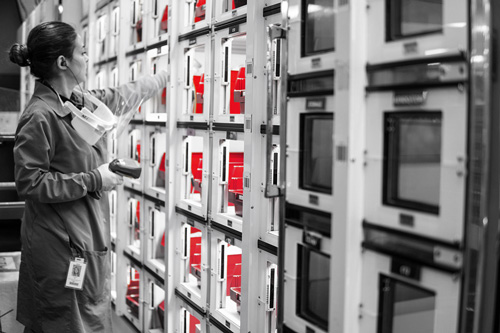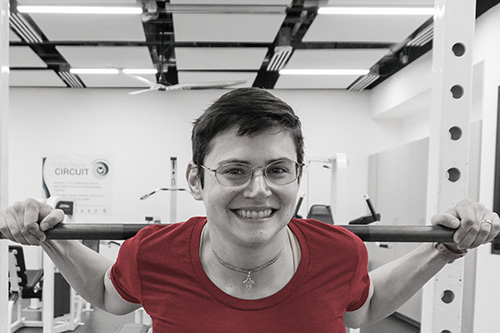Cytomegalovirus (CMV) is the major opportunistic virus encountered after organ transplantation, and resistant variants can make antiviral treatment challenging. ARUP offers a next generation sequencing (NGS) test to detect CMV drug resistance in the CMV genes UL97, UL54, UL27, and UL56.
Specific variants in these genes are associated with antiviral drug resistance. Increasing or stable viral loads in a patient receiving antiviral therapy may indicate the presence of drug-resistant viral populations.1 NGS technology enables deeper discrimination of the emergence and persistence of a drug-resistance mutation.
Indications for Testing
Two classes of molecular tests are key to the successful management of CMV. The first is the quantitative molecular test that identifies concentrations of CMV due to active infections. The second class includes sequencing tests to identify variants associated with antiviral drug resistance. Even when these variants are present at low concentrations, they may continue to evolve and ultimately lead to treatment failure.
The detection and identification of drug-resistant virus populations is essential to inform optimal therapy.
- Viral load testing should be performed before ordering drug resistance testing. To ensure a high-quality sequencing result, the current CMV DNA viral load must be >2.6 log IU/mL.
- The patient’s most recent CMV DNA viral load and antiviral drug history should be included with test orders.
- For more testing information, refer to the Cytomegalovirus by Quantitative NAAT, Plasma test (test code 3005895) in ARUP’s Laboratory Test Directory.
Test Offering
ARUP offers a sensitive and comprehensive test to identify CMV drug resistance.
| Test Name | ARUP Test Code |
Sequencing
|
Genes
Sequenced |
Drug for Which Resistance Is Reported | Limit of Detection |
|---|---|---|---|---|---|
|
Cytomegalovirus Drug Resistance by Next Generation Sequencing, Ganciclovir, Foscarnet, Cidofovir, Maribavir, and Letermovir |
NGS |
UL97
|
Ganciclovir, Foscarnet, Cidofovir, Maribavir, and Letermovir |
Mutations <10% of total population may not be detected |
Why Use ARUP Laboratories?
ARUP’s NGS test offers the following benefits:
- The test has high sensitivity and can detect viral populations as low as 10% of the total viral population.
- ARUP’s test can detect resistance-associated variants in multiple genes (UL97, UL54, UL27, and UL56).
- This test identifies drug resistance based on a database of published resistance mutations.
|
Cytomegalovirus Drug Resistance by Next Generation Sequencing, Ganciclovir, Foscarnet, Cidofovir, Maribavir, and Letermovir |
Additional Resources/Information
Cytomegalovirus Drug Resistance by Next Generation Sequencing, Ganciclovir, Foscarnet, Cidofovir, Maribavir, and Letermovir, 3004615 is New York approved.
For more testing information, refer to the ARUP Consult Cytomegalovirus - CMV topic.
References
- Kotton CN, et al. The Third International Consensus Guidelines on the management of cytomegalovirus in solid-organ transplantation. Transplantation. 2018;102(6):900–931.

